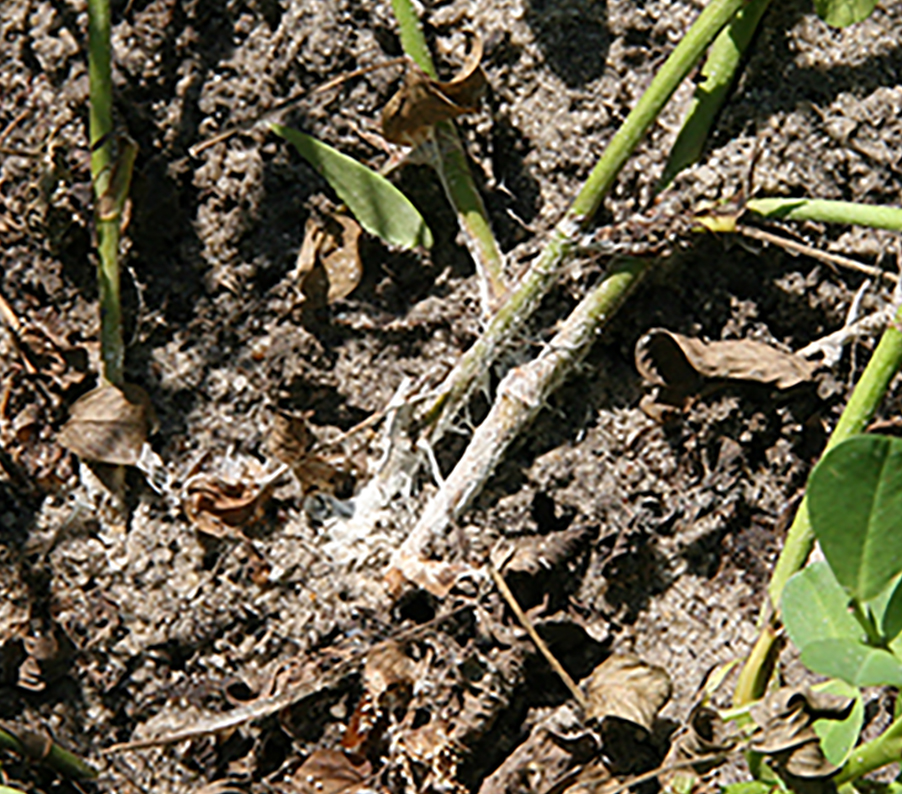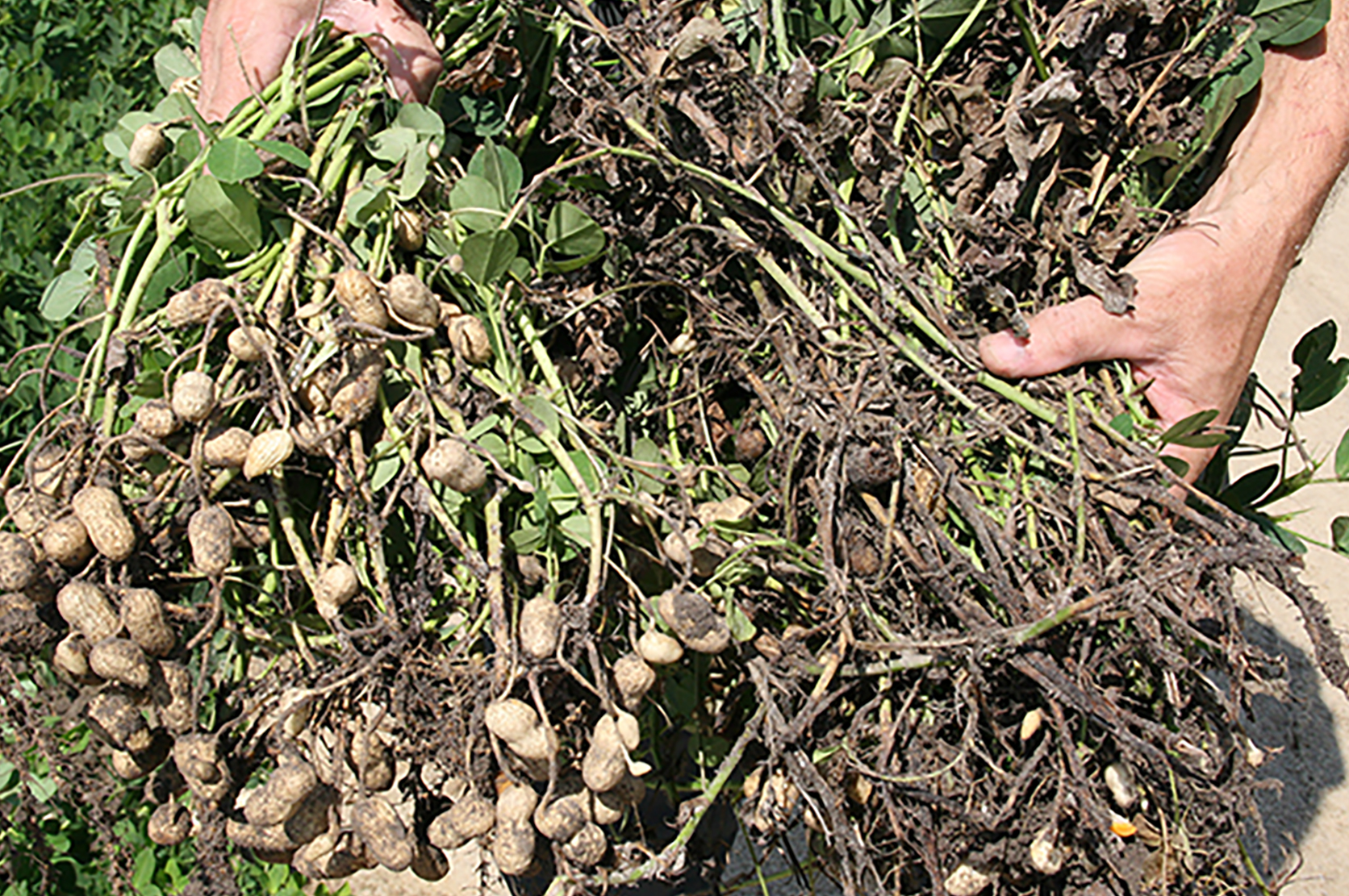White mold disease has always been a problem for Georgia peanut farmers, according to University of Georgia plant pathologist Tim Brenneman. The disease has been even more of a nuisance due to the hot and humid weather conditions this growing season.
Brenneman insists that, through proper use of the correct fungicides, white mold can be contained.
“It’s probably our No. 1 cause of loss due to disease in the state, and this year appears to be one of the worst years we’ve had in a while,” Brenneman said. “The weather has been very favorable (for the disease) this year, and the variety we grow is Georgia 06G, developed by Dr. (Bill) Branch. It’s a very good variety. It’s extremely high yielding, which is one of the reasons our growers really like to grow it. (However), it is also really susceptible to this disease.”
Brenneman recommends farmers spray at night, when the plants’ leaves are folded, in order to prevent white mold damage.
“The fungicide is able to penetrate a lot better, especially if you do that early in the morning, while it’s still dark,” Brenneman said. “If there’s been a dew and the foliage is wet, the fungicide gets in that dew and it runs down the stems. It will get to the ground more effectively and give you more control.”
Brenneman said some Georgia fields experienced up to 30 percent loss of this year’s crop because of white mold. Drylnd fields see the most peanut damage as a result of white mold.
“If a grower has irrigation, applying that water can help wash the fungicide down off the leaves and get it down to the soil where it needs to be,” Brenneman said. “But in dryland fields, they don’t have the capability to do that.”
Dryland fields see the most peanut damage as a result of white mold. Approximately half of the state’s peanut crop is planted in dryland fields.
“For some of the early planted peanuts that are very near harvest, it is probably too late to treat for white mold damage,” Brenneman said. “As for the later-planted peanuts that still have about another month to six weeks to grow, those peanuts certainly need to be protected.”
(Tatyana Phelps is an intern on the UGA Tifton Campus.)








